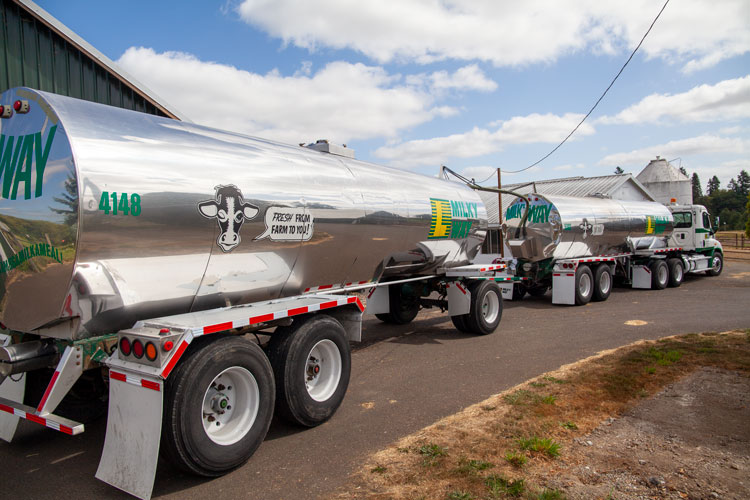
Dairy supply management is a topic that evokes a lot of emotion.
On one side of the debate, farmers contend that without coordinated management of the U.S. milk supply, prolonged downturns in milk prices will force small and medium-sized dairy farmers to shutter their barns, while larger farms will use economies of scale to find the ever-elusive “profitability.”
On the other side of the debate, farmers argue that capitalism and open markets are the way to go, and that more efficient, profitable farms should not have to slow their trajectory because profitability remains intangible for other dairy farmers. If you followed the 2014 Farm Bill debate, you’ll remember then-U.S. House Speaker John Boehner describing the dairy market stabilization program as “Soviet-style.”
So, where does Farm Bureau stand?
Under policy developed by farmers and ranchers, Farm Bureau historically opposed a mandatory quota system but was willing to consider a flexible supply management system. Now, as directed by our grassroots farmer and rancher members, we’ve updated our perspective. While we still oppose a mandatory quota system, we support a “flexible, farmer- and industry-driven milk management system.”
What exactly does this mean?
It’s complicated.
For certain, the farmer and rancher delegates to the American Farm Bureau Federation’s (AFBF) 101st Annual Convention, held in January, were clear that any efforts to manage the milk supply should not include federal intervention. That means that USDA should not dictate how much milk a farmer can produce.
Beyond that, it is my understanding that we are open to evaluating concepts proposed by dairy industry stakeholders – provided that farmers have a seat at that table. Given our annual policy development process, Farm Bureau’s national policy can be refined if any of that cream rises to the top.
While some in the industry are proposing supply management and growth management-style programs, a concept worth considering is one I became familiar with early in my career as a financial analyst at General Electric (GE): supply chain management. At GE, we strategically produced lightbulbs, refrigerators, washing machines, wind turbines, and aircraft engines based on the demand of our customers. At the highest level, this meant coordinating with customers to understand their needs, managing our inventory levels, reviewing our supply chain to ensure resources were being utilized efficiently, and adjusting production schedules based on demand.
Could the U.S. dairy industry do something similar?
I propose that in some parts of the country they already are. Some cooperatives and processors in the Northeast and Southeast have introduced their own supply chain coordination programs with penalties and incentives designed to balance supply with processing capacity and downstream demand. Could these programs be adopted on a wider basis?
The challenge, although some see it as more of a frustration, is that (to date) these efforts have had hardly any impact on the milk check because the price for most milk in the U.S. is based on a limited number of transactions on the CME spot market. Ultimately, efforts to coordinate the milk supply in Vermont or Arkansas will do little to move the price of cheese if manufacturers in Wisconsin, New Mexico, California, or Kansas still have surplus cheese to sell in Chicago. Despite the consolidation that has occurred in U.S. dairy, the industry is still somewhat disaggregated, making industry-wide coordination appealing to some.
Where will this all end up? My guess is the dairy industry is still figuring all this out. When they do, Farm Bureau is more than interested in having a seat at the table to discuss.







